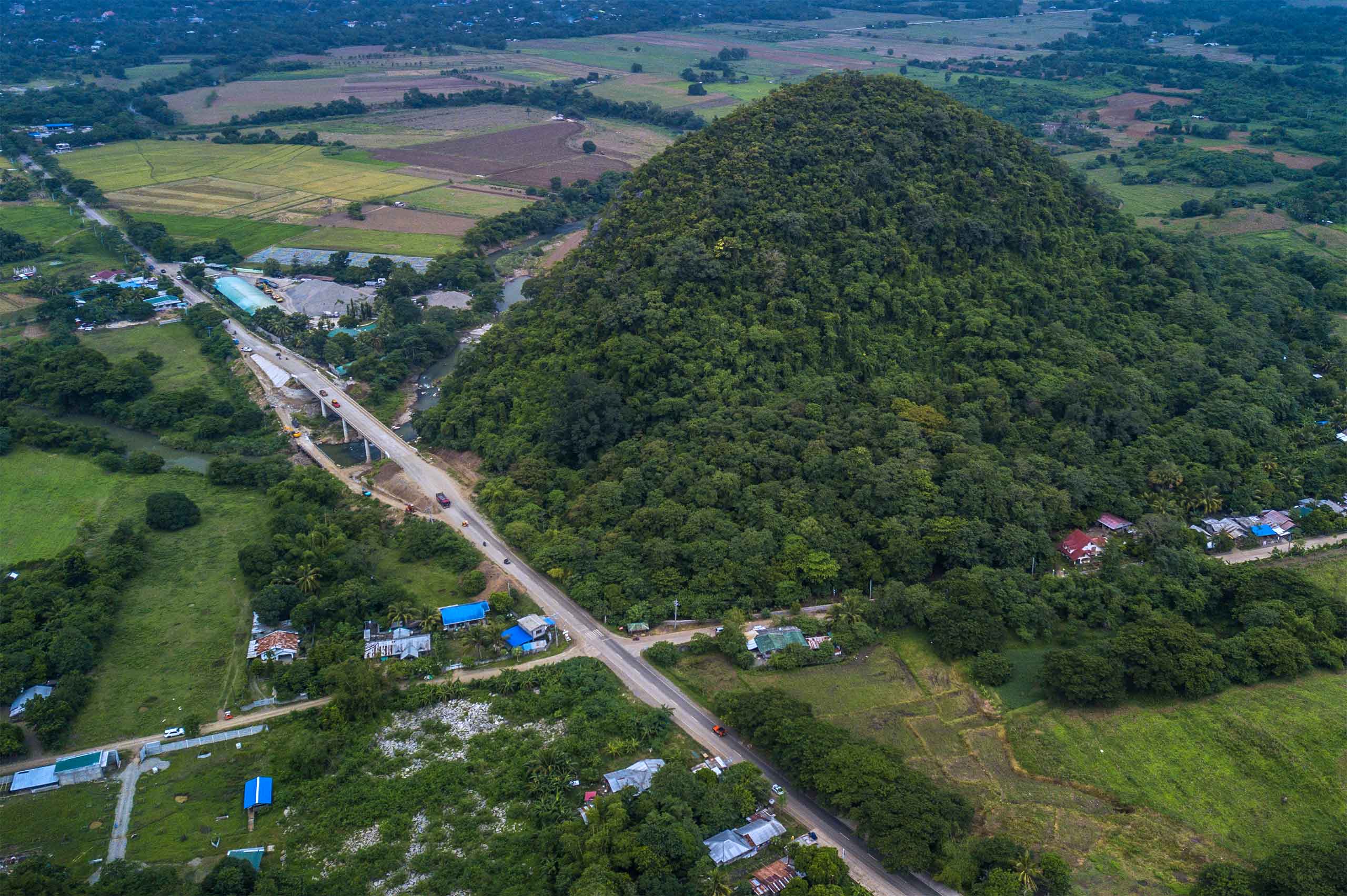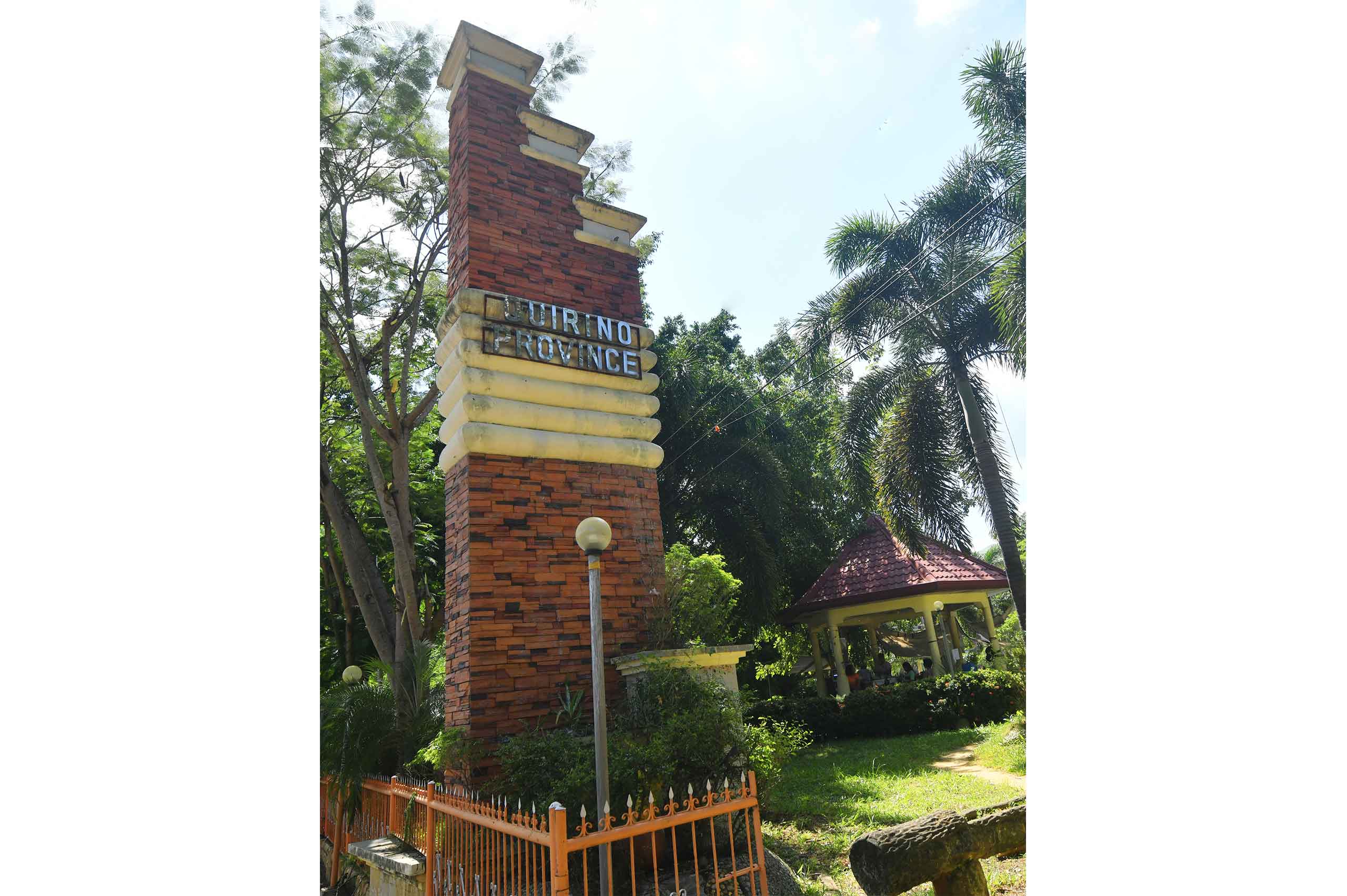Diffun Eco Park
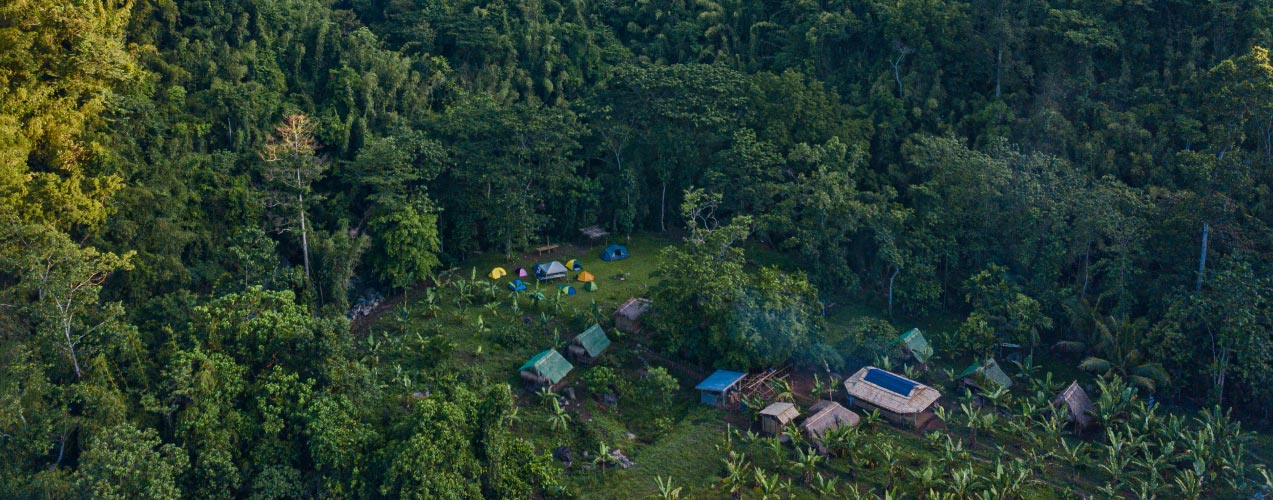
This popular eco-tourism site is made up of two Diffun barangays, Baguio Village and Don Mariano Perez. Both are generally mountainous with rolling hills and, in some places, steep slopes. In addition to lush forests, the park also boasts of many natural bamboo stands that have become favorite resting areas for several bird species, making them ideal spots for bird watching.
The Ganano River, a major tributary of the Cagayan River, meanders through the park. An important source of irrigation water for Diffun’s low-lying barangays as well as the nearby municipalities of Isabela, the Ganano River is also dotted by several waterfalls which have made it a favorite tourist attraction. Aside from providing visitors with a variety of swimming options, it allows adventurer-seekers to engage in the exhilarating practice of waterfalls-hopping.
Falls Hopping Tour
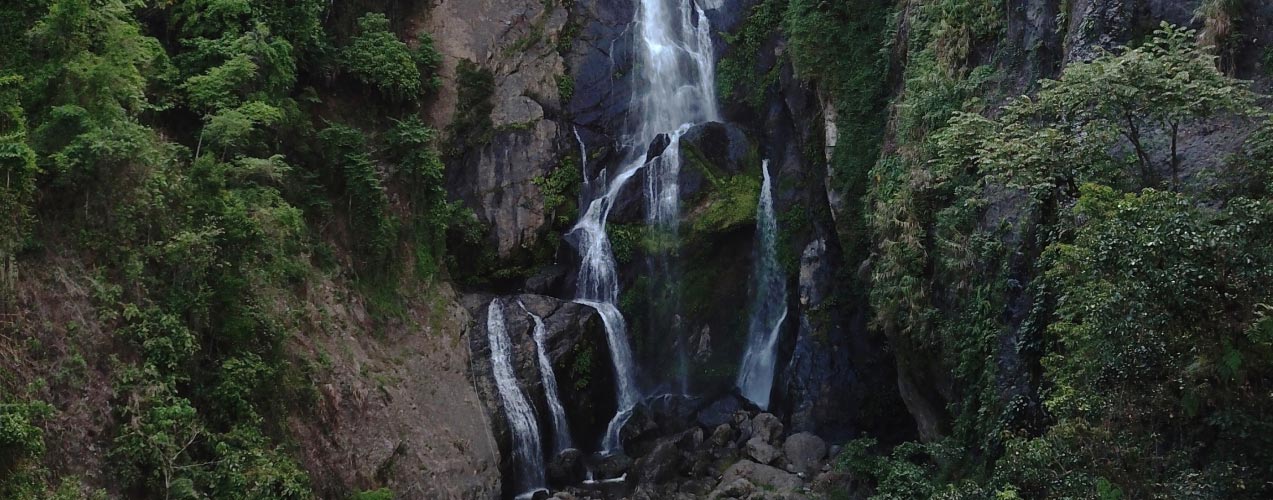
Ganano Falls is the main waterfall attraction of the Diffun Eco Park and the highlight of the falls-hopping tour that the park offers. The tour starts at Baguio Village where visitors pass through a campsite named the Bagnes Nature Park. This is where visitors have their lunch at the end of the tour. And this is also where they can experience the culture of the highland tribes from the nearby provinces of Benguet, Ifugao and Abra who have made Quirino their home. Barangay Baguio Village, in fact, was so named because many people from Baguio in Benguet migrated there.
Bagnes Nature Park
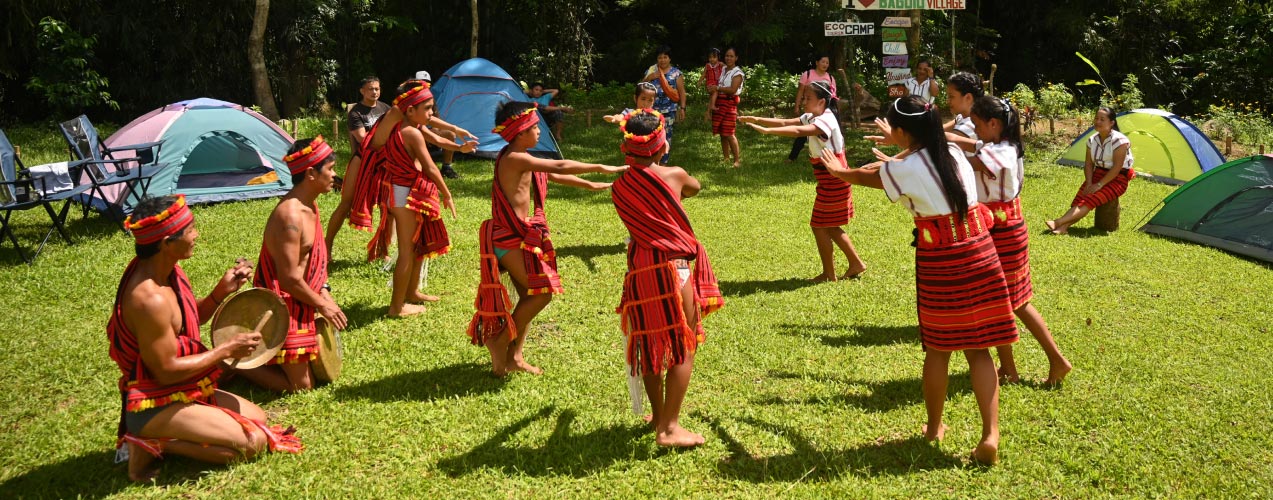
At the Bagnes Nature Park, the Igorots (Kankanaeys), who comprise the majority of the barangay’s population, showcase their culture through their dances to which they invite visitors to join. A taste of their culture can also be had, literally, through the dishes that are served to visitors. Aside from the food organically grown in the area, authentic Kankanaey specialties such as tinumbo (rice cooked in bamboo) and kiniing (smoked meat) are also part of the menu.
To get to Ganano Falls, visitors pass though – or hop along – a series of three falls: Sabangaran, Nantugao and Sinipit. The tour can be completed in half a day depending on how early it starts and how much time is spent on each of the falls.
Just half a kilometer from the Bagnes Nature Park, Sabangaran Falls is the tour’s first stop. This five-meter high waterfall with two interconnected lagoons got its name from “Nagsabatan,” the Ilocano term for “meeting point” since it is where two creeks meet: the Sitio Batumbaket Creek and the Ganano Creek.
Just about 100 meters above Sabangaran is the Nantugaw Falls. This waterfall got its name from the huge boulder “sitting” on its top. “Tugaw” is the Ilocano word for “sit.” As this waterfall is not too high, visitors love to lie down on the gently sloping rock formation over which its clear waters cascade into a lagoon.
Some 50 meters upstream is the Sinipit Falls. This natural wonder has two streams that fall into a lagoon. “Sinipit” is Ilocano for “pressed together” which is how the two streams look as their waters flow down into the lagoon. Measuring eight meters by 12 meters, this lagoon with its cool emerald-colored water has become a favorite swimming hole for park visitors.
Ganano Falls is the prize that awaits visitors at the end of their falls-hopping tour. Located at the boundary of barangays Baguio Village and Don Mariano Perez, this is the “mother” waterfall that feeds the three waterfalls below it. It is, in turn, fed by the Ganano River and an unnamed creek. At 80 meters high, this major Diffun tourist attraction is the second tallest waterfall in the province of Quirino, according to the latest inventory. Its crystalline waters fall into a lagoon situated about 100 meters downstream. Its surroundings, meanwhile, are covered by a closed-canopy forest that is home to a variety of wild flora and fauna which make it a perfect eco-tourism site.
Batumbaket Rock Tower

The Barangay Don Mariano Perez part of the Diffun Eco Park boasts of several unique rock formations that have been attracting mountain climbers. The most famous of these is the Batumbaket rock tower, a 25-meter high monolith that sits on Diffun’s tallest peak which rises 1,166 meters above sea level. A natural rock monument, it looks like an old woman crying in disappointment who, according to local folklore, turned into stone after ages of hopelessly waiting for the return of her children who she sent to the town to buy food during a famine. “Batumbaket” came from the Ilocano term for “old stone lady.”
Situated behind the Batumbaket rock tower is another giant stone formation that serves as a view deck from where the verdant forested areas of Diffun and parts of the neighboring province of Nueva Vizcaya can be clearly seen and photographed. And not far from there is yet another magnificent rock formation in the shape of a frog. Although it looks like an eagle’s beak from some angles, the locals call it Timmukak which means “froglike.”
Nagbukel Nature Park
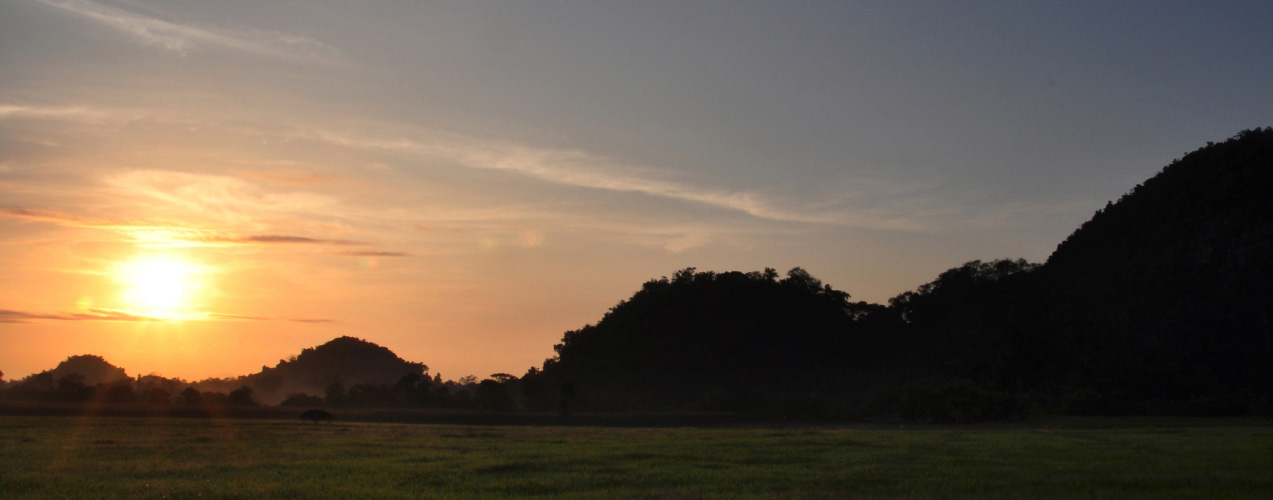
Another unique tourist attraction in Diffun is the Nagbukel Nature Park located in Barangay Luttuad. This is a 16-hectare site whose outstanding landmark and central attraction is a 300-meter high limestone mountain that is shaped like a helmet, a characteristic that gave it and the park around it their name. “Nagbukel” is the Ilocano word for “round.” Rising near the Ganano River, the mountain is thickly covered by trees. Its summit, which can be reached by trekking through trails, some of which are concrete pathways, provides a magnificent panoramic view of the river and the lush surroundings. The park, which also boasts of a cave, is another ideal destination for communing with nature.
Nagbukel was developed by Lamplighters, a non-profit Christian organization that promotes world peace and reforestation, among others, to whom the mountain was donated by the original owner. The Lamplighters planted trees on the site and on the mountain to further thicken its forest cover and built the pathways that lead to its summit. An ownership issue, however, led to the Lamplighters’ departure, which, in turn, resulted in the deterioration of the place.
Fortunately, under the care of Diffun’s municipal government which gained possession of the site through a memorandum of agreement with the Department of Environment and Natural Resources (DENR) that mandates it to protect, conserve and manage the park, Nagbukel is now being redeveloped and brought back to its former glory in yet another Quirinian initiative to preserve and protect the environment.
Pammadayaw Festival

There is another tourist attraction that brings visitors to Diffun once a year. This is the “Pammadayaw Festival” which is held on July 2-4 every year. A demonstration in music and dance of the town’s civic spirit, it celebrates enlightened governance, public service and people empowerment. It also provides an inspiration for meaningful developments in agriculture, health and the environment.
Highlighted by street dances performed by colorfully clad dancers from Diffun’s different barangays, it is as enthralling and as photograph-worthy as the town’s top natural wonders.

Accommodations
Visitors to Diffun who want to stay longer can stay in a hotel. Here are two of the places tourists usually patronize.

Disadeco Hostel
Located in Barangay Andres Bonifacio right beside the national highway, this is a favorite among visitors due to its accessibility and affordability. Offering air-conditioned rooms and free wi-fi, it has accommodations for single guests, couples and even large groups.

The hotel has a cafeteria that serves affordable meals, but guests looking for more options can simply walk to any of the nearby stores and restaurants.


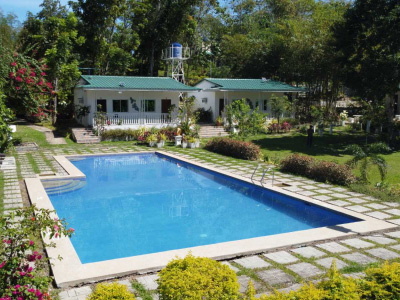
Palazzo De Aurea
Boasting of a large swimming pool, this hotel, located at Purok 5, Barangay Rizal, is an ideal place for visitors travelling with their families and friends. Even for the locals, it is a popular venue for weddings, birthdays and other family events. It has function halls, family rooms, and gazebos for guests.
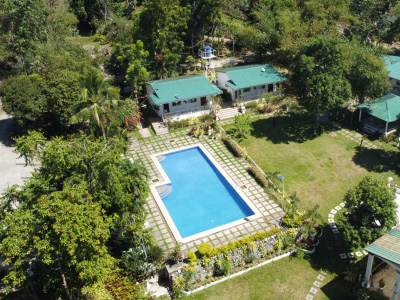
The hotel is also beautifully landscaped with plants, flowers and various outdoor decorations. For visitors on day tours, it offers discounted rates.




Restaurants
Diffun also has restaurants where visitors can enjoy sumptuous meals. Here are just two of the more popular eateries that even the locals frequent.
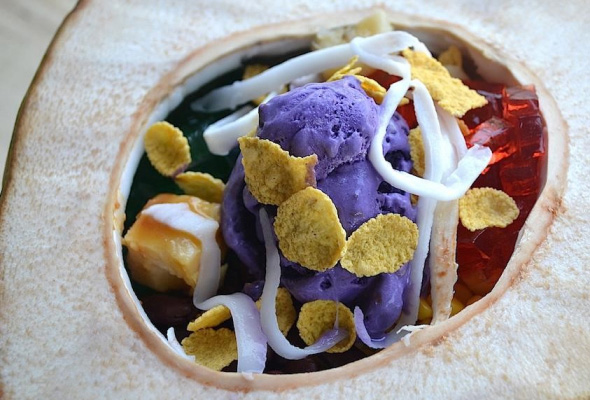
Tropik’s Restaurant
Visitors from the southern part of the Philippines will be pleased to know that they can get familiar dishes at Diffun by visiting this restaurant, Located in Barangay Andres Bonifacio this eatery serves Mindanao-style snacks and meals cooked by veteran chefs from this southern island. Its best-sellers include buko halo, a combination of two Filipino dessert favorites: fresh coconut and halo-halo (a layered dessert consisting of sweetened beans, various fruits and gelatin that are covered with shaved ice drizzled with evaporated milk and topped by ice cream). Another popular offering is pastil, rice topped with delicious shredded meat and wrapped in a banana leaf.
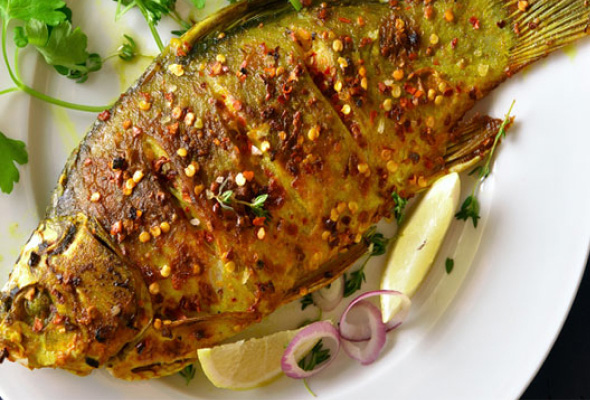
Sabrina’s Grill and Restaurant
This restaurant in Barangay Aurora West is famous for its grilled fish dishes which feature either tilapia, bangus (milkfish) or hito (catfish) It also serves other sizzlers, soups, noodles, pasta, seafood and more. For big groups, it offers “overload meals” which are good for as many as 10 persons. These big platters can be composed of seafood or meat or a combination of both that are either grilled or fried.
Souvenir Shops

Before leaving Diffun, tourists usually stop at the town’s souvenir shops where they can buy hand-made trinkets and delicacies as pasalubong (gifts) for their families and friends back home. Here are two of the town’s most popular shops.
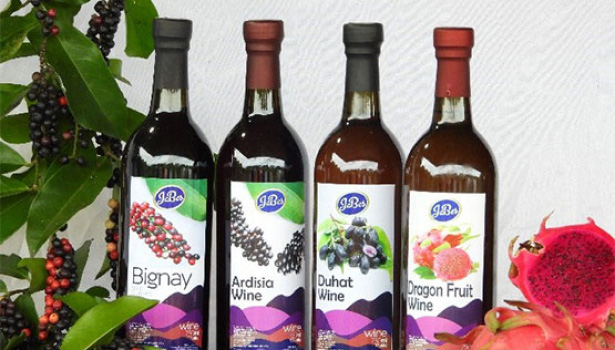
Diffun Pasalubong Center and QSU Marketing Center

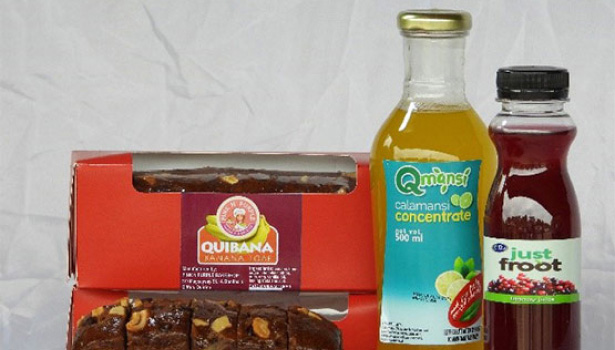
Both shops sell fossilized flowers, the handicraft Quirino is best known for. Made from bleached and dried butterfly leaves also known as alibangbang, they are the perfect souvenir items to remind tourists of their visit to the province. They can serve as room decorations, table centerpieces, long-lasting conversation pieces or as gifts to lovers of exquisite Filipino-made artwork.
Another best-selling souvenir items are the bags made from pandan leaves. Hand-made by Diffun artisans, they are fashionable-looking yet sturdy enough for everyday use.
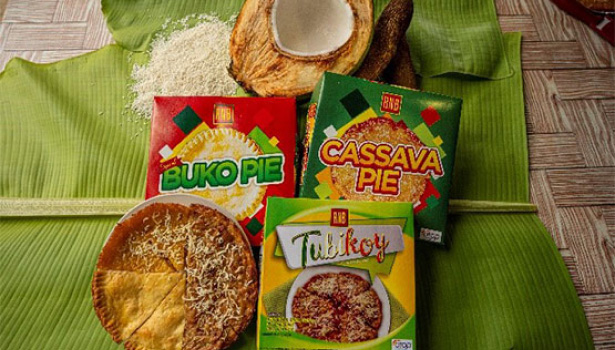


Diffun also offers plenty of options for visitors looking for food to bring back home. Fans of sweet delicacies will definitely enjoy tubikoy -- a mouth-watering combination of tupig (glutinous rice and coconut strips), bibingka (coconut rice cake) and tikoy (Chinese style rice cake).
Quirino coffee is another popular pasalubong from Diffun. Especially recommended are the coffee blends made by the Diffun Saranay and Development Cooperative (Disadeco).

Both shops also sell a variety of organic juices from fruits and vegetables, such as bignay (a type of native cherry that is rich in antioxidants) and cucumber. Calamansi juice and concentrate, marketed in the province as “Qmansi,” are likewise available, and so are fruit wines made from bignay, guyabano (soursop), dragon fruit, ardisia, guava and makopa (Java or wax apple) and fruit vinegars.
Diffun Gallery

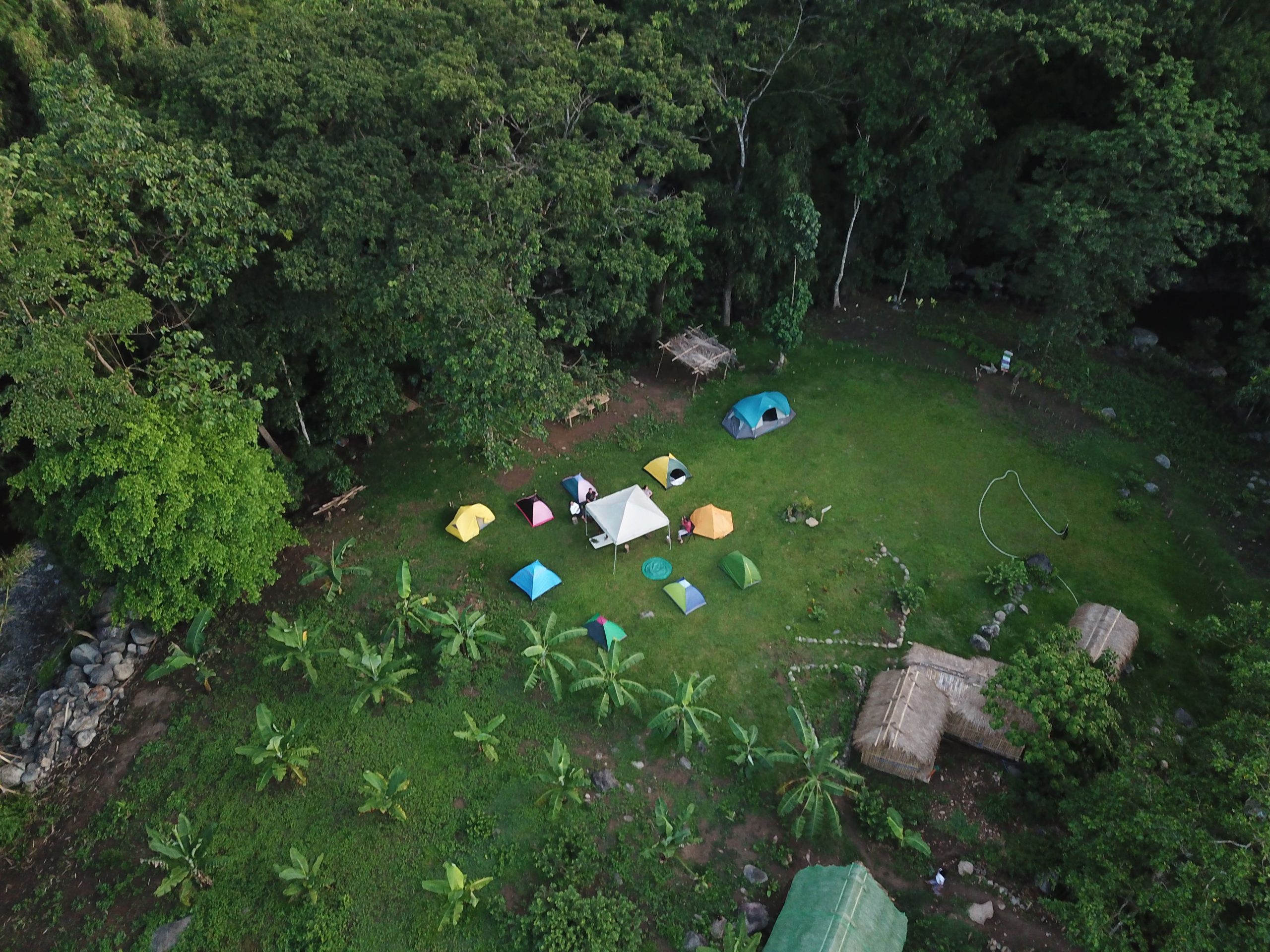

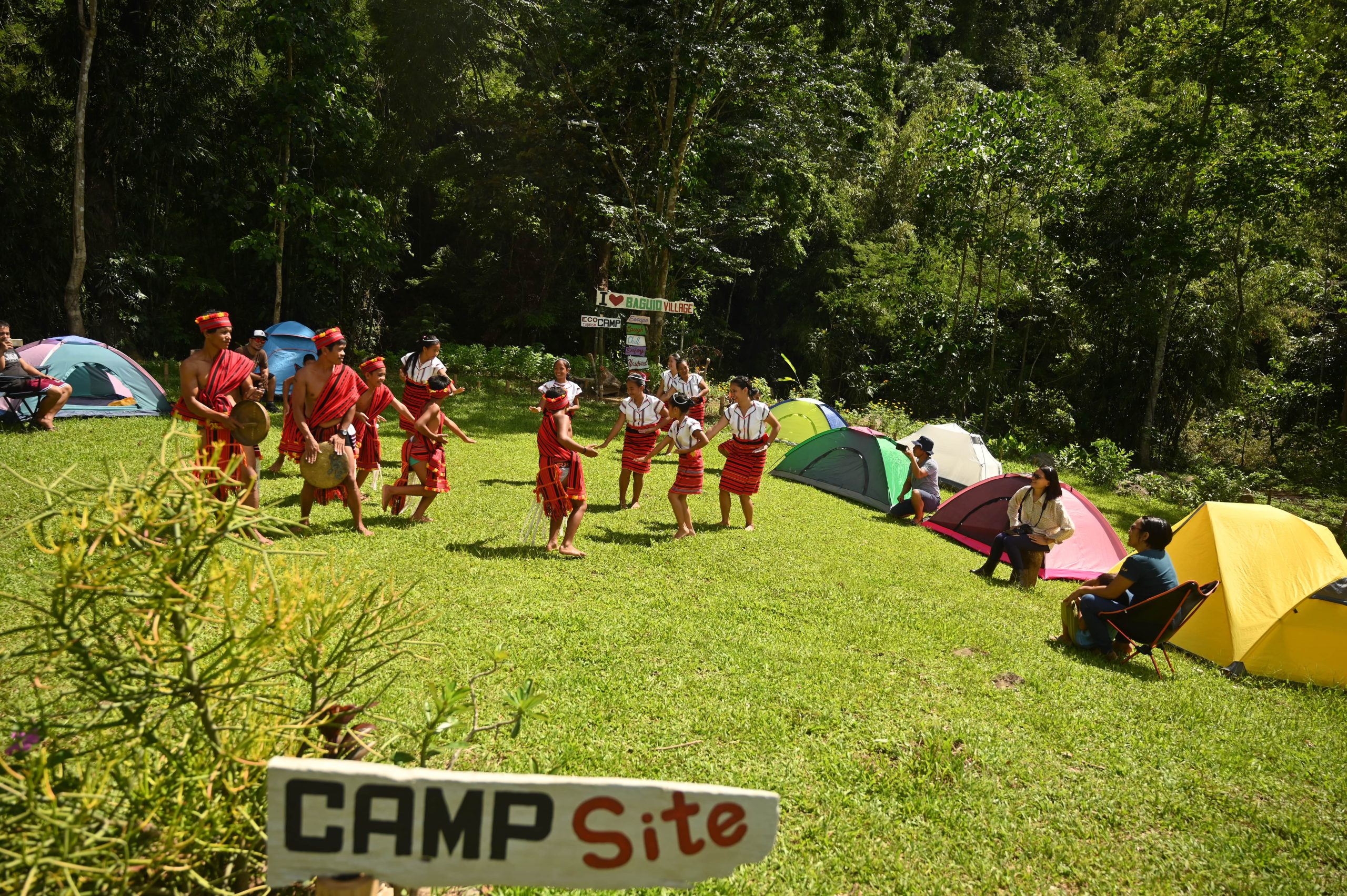

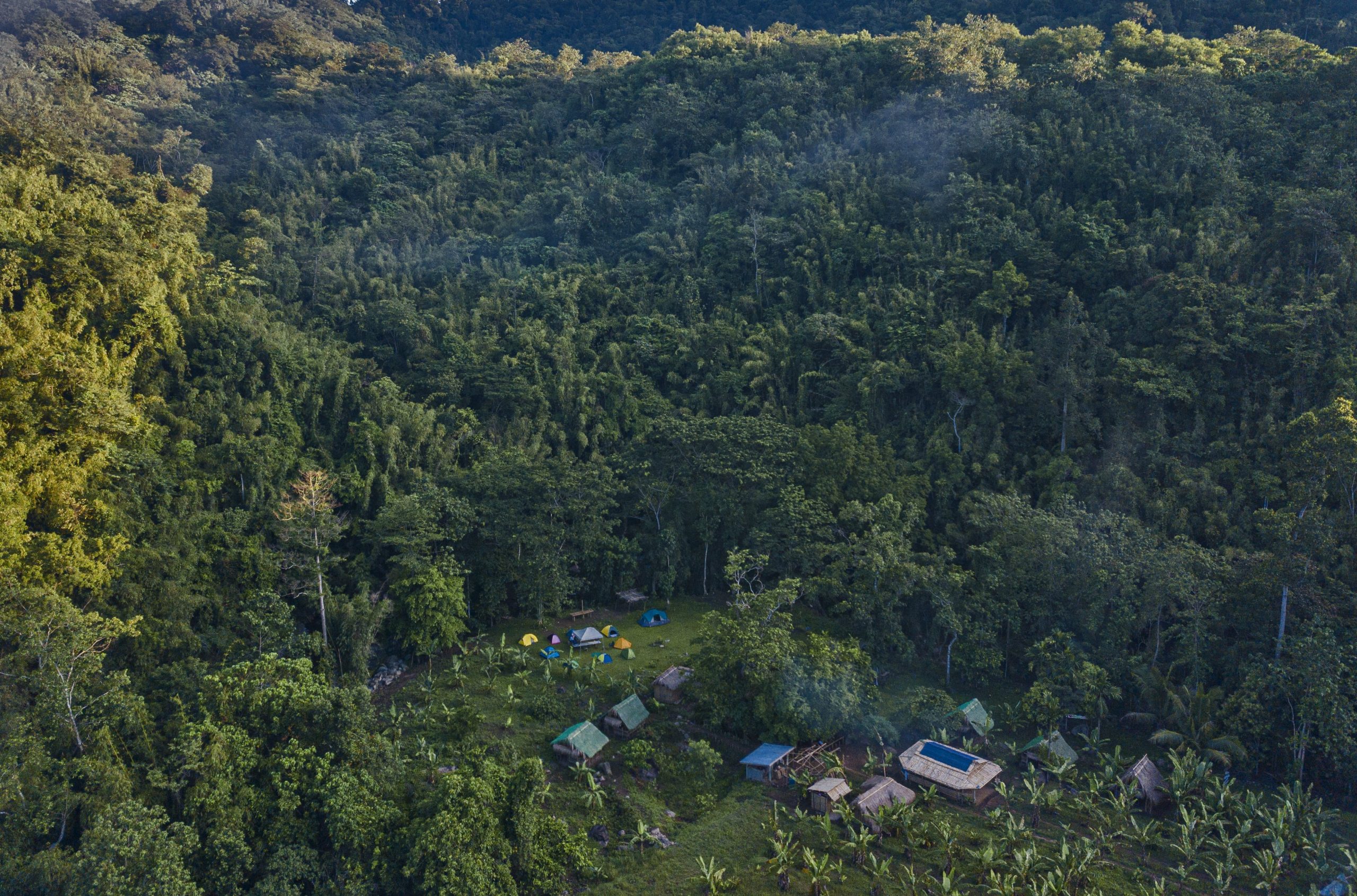

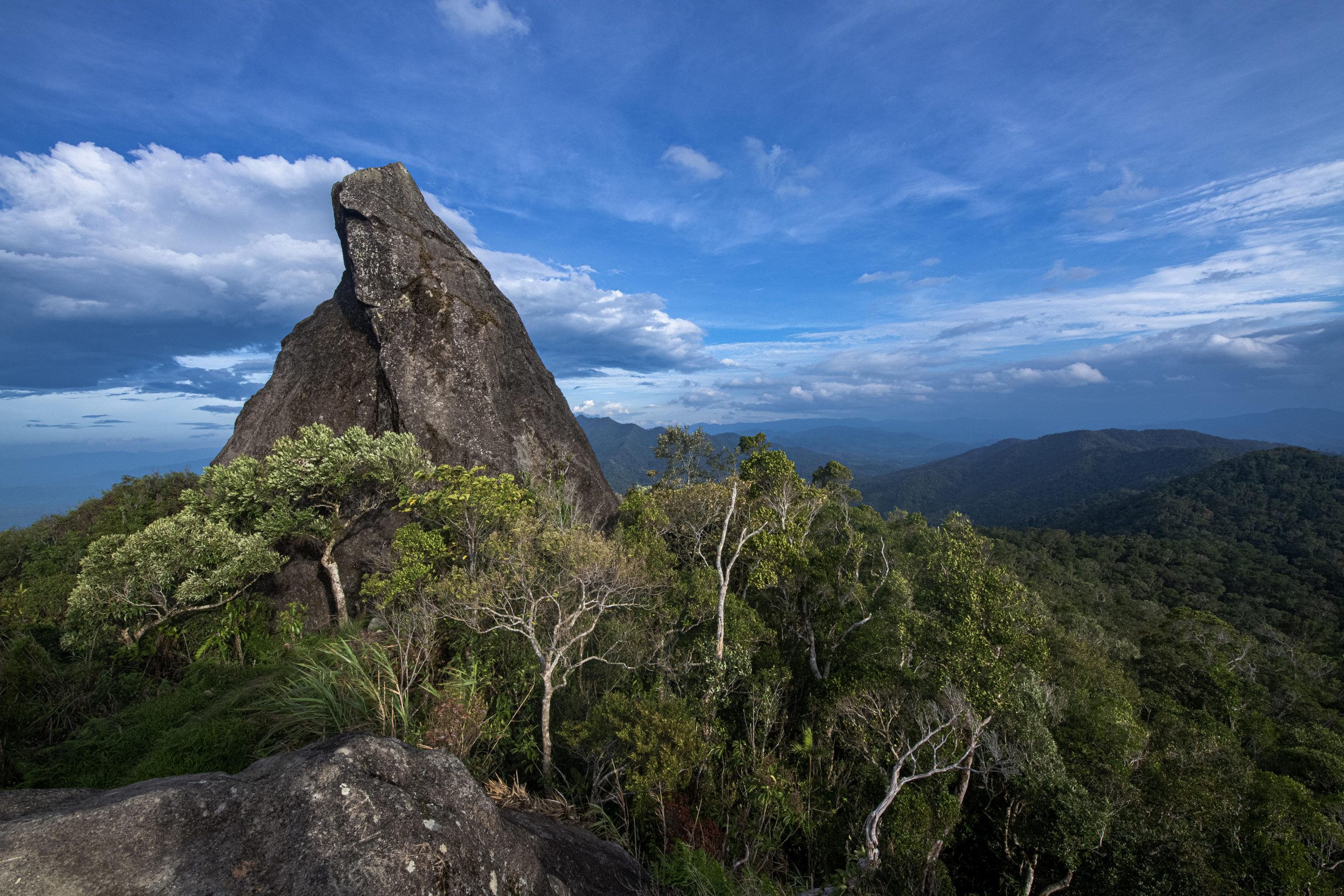
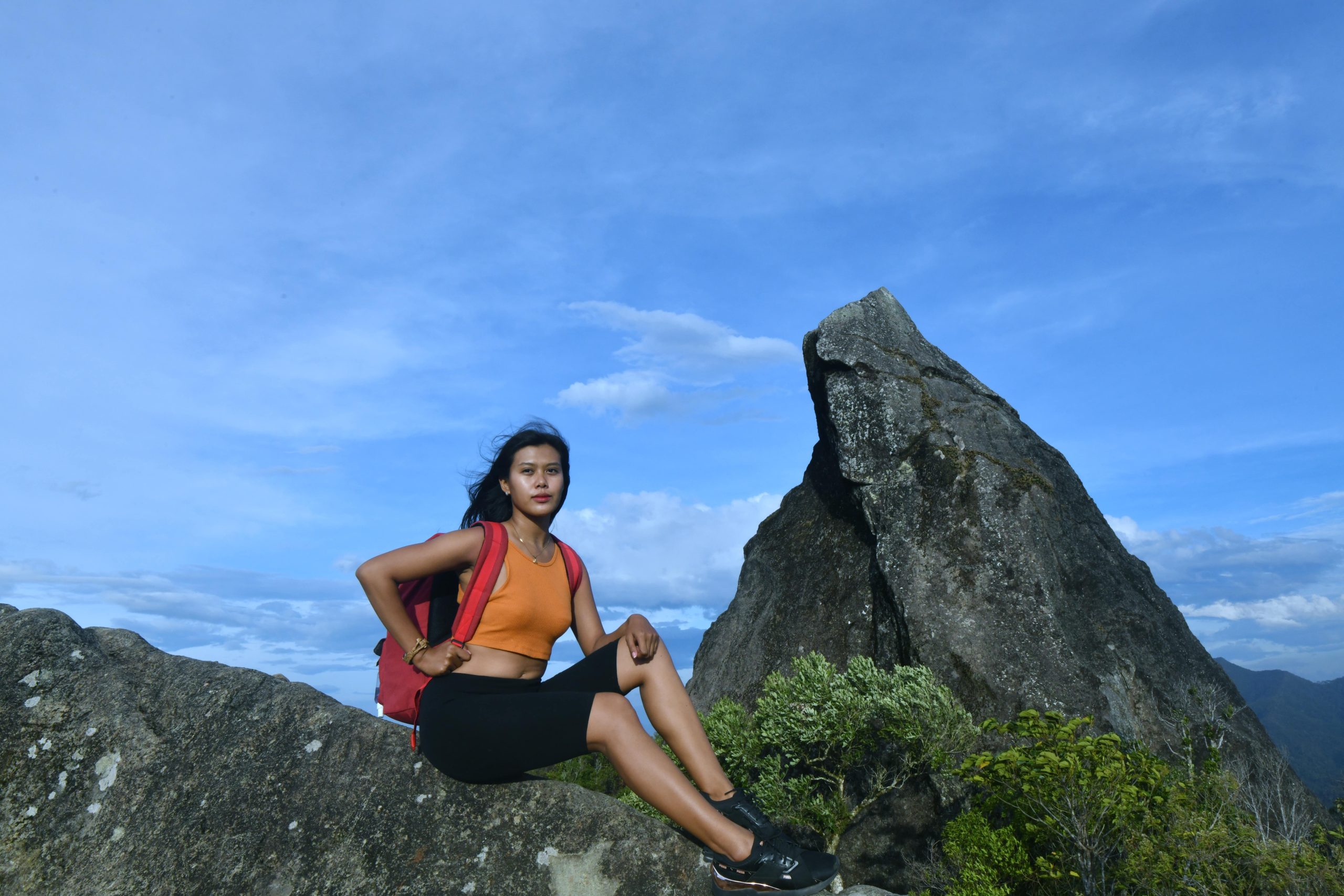
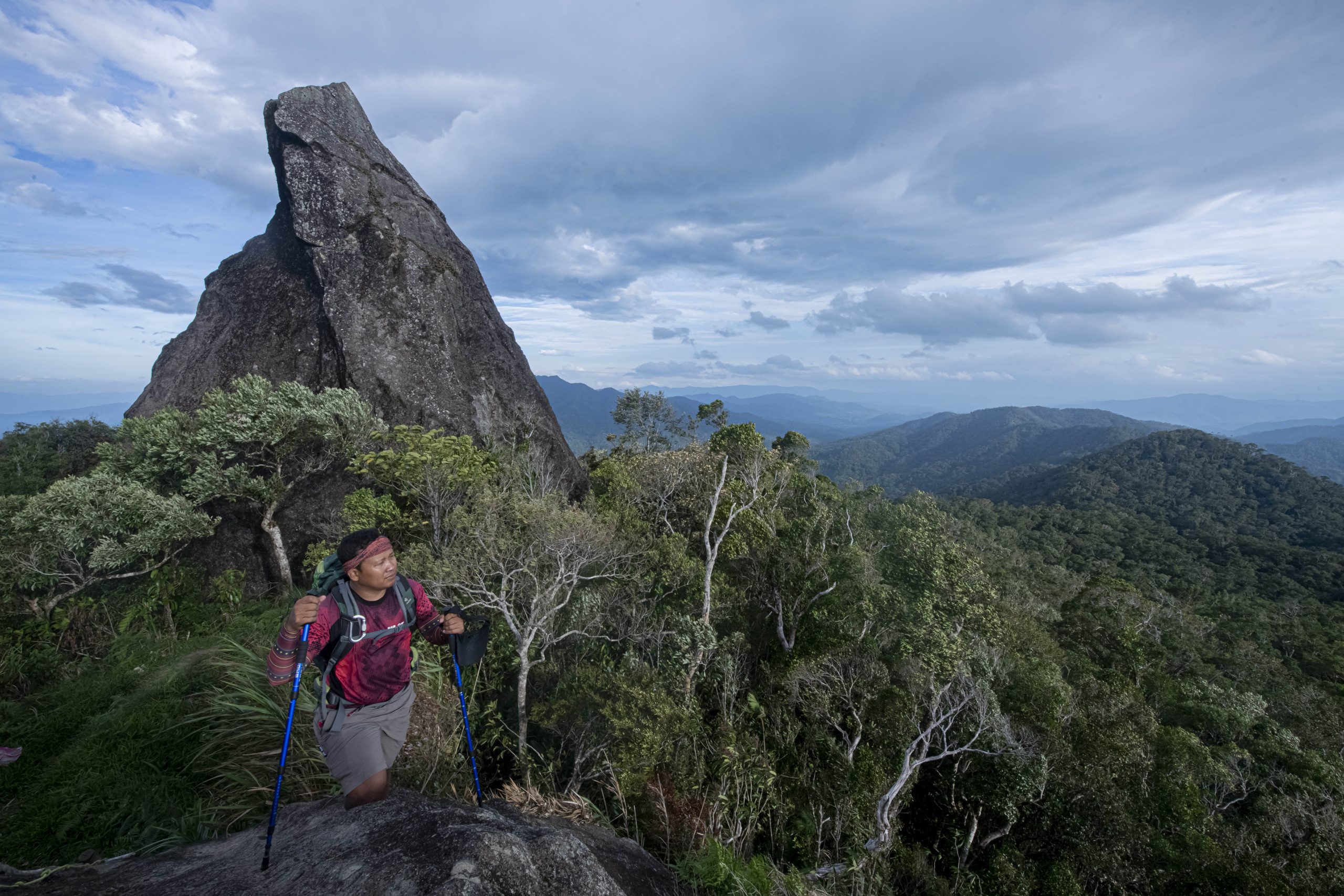
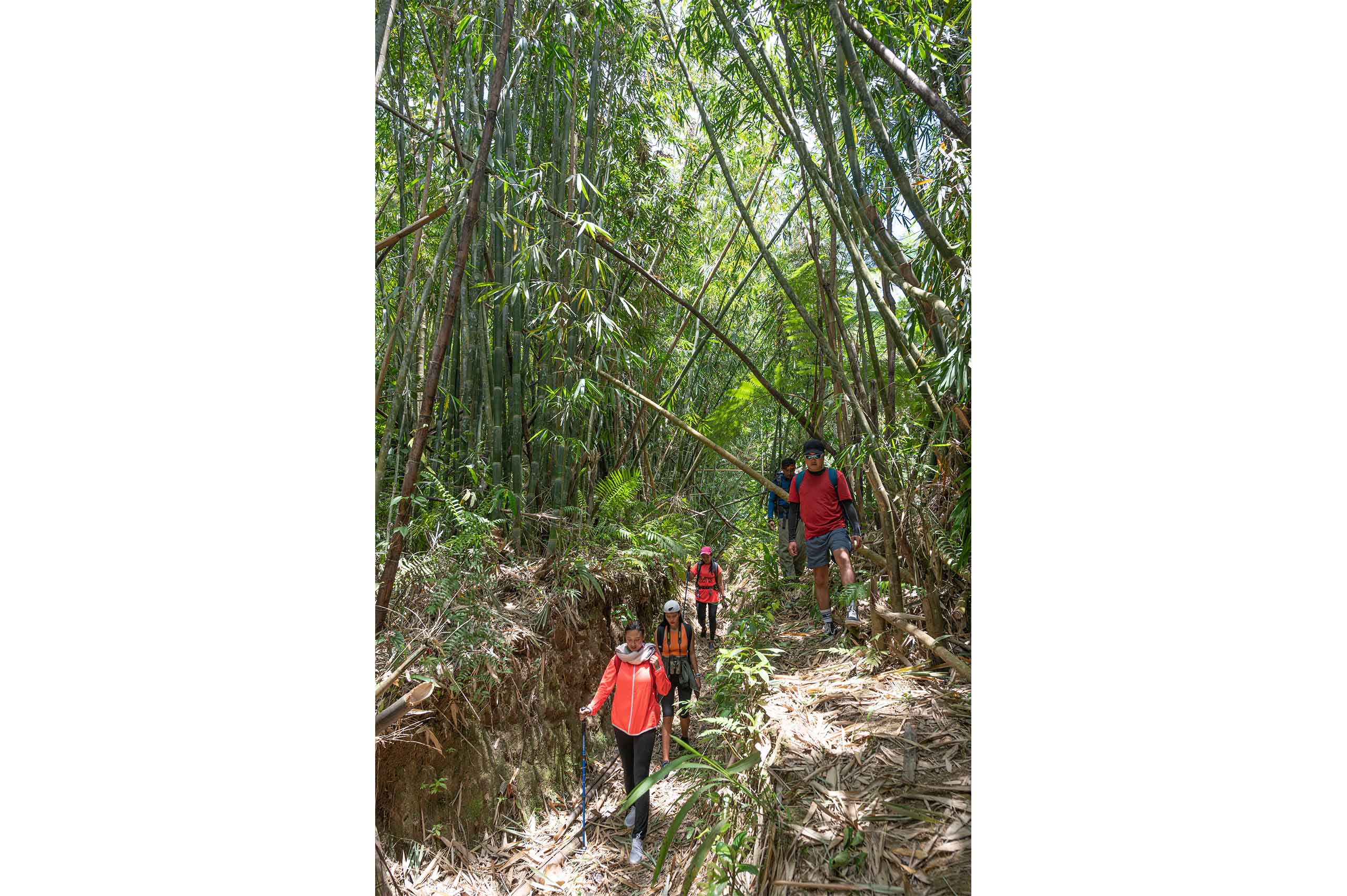

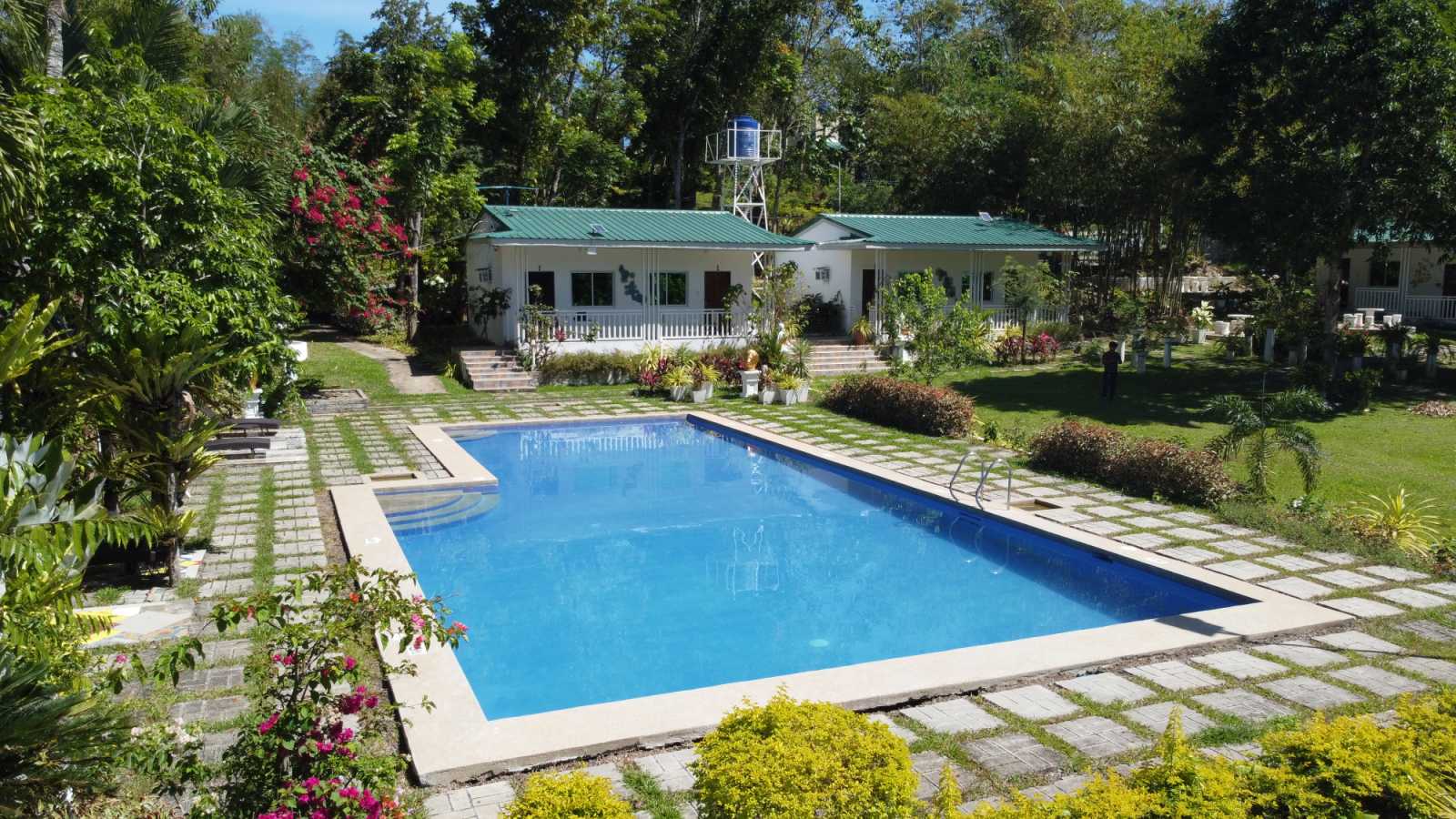
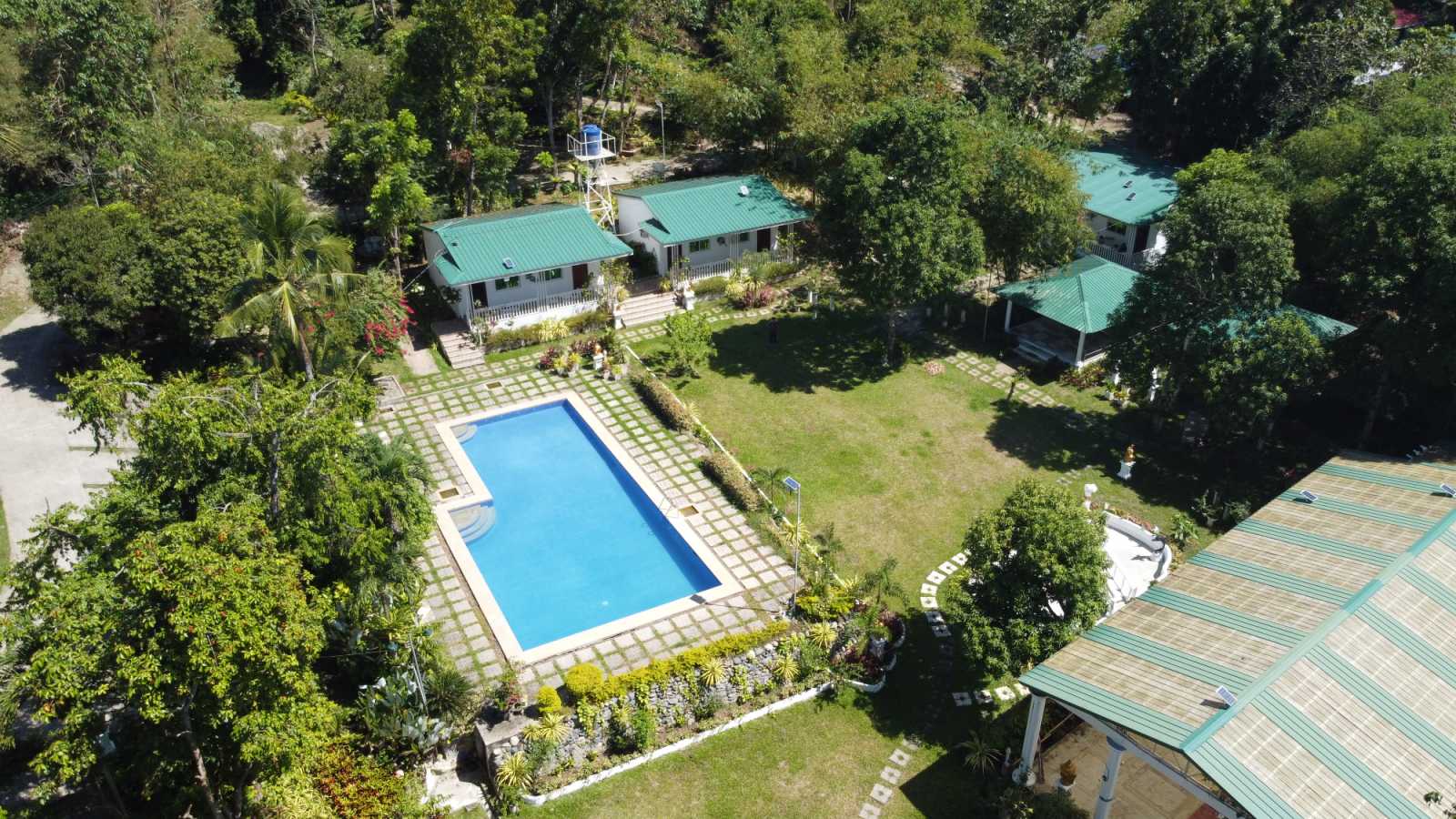
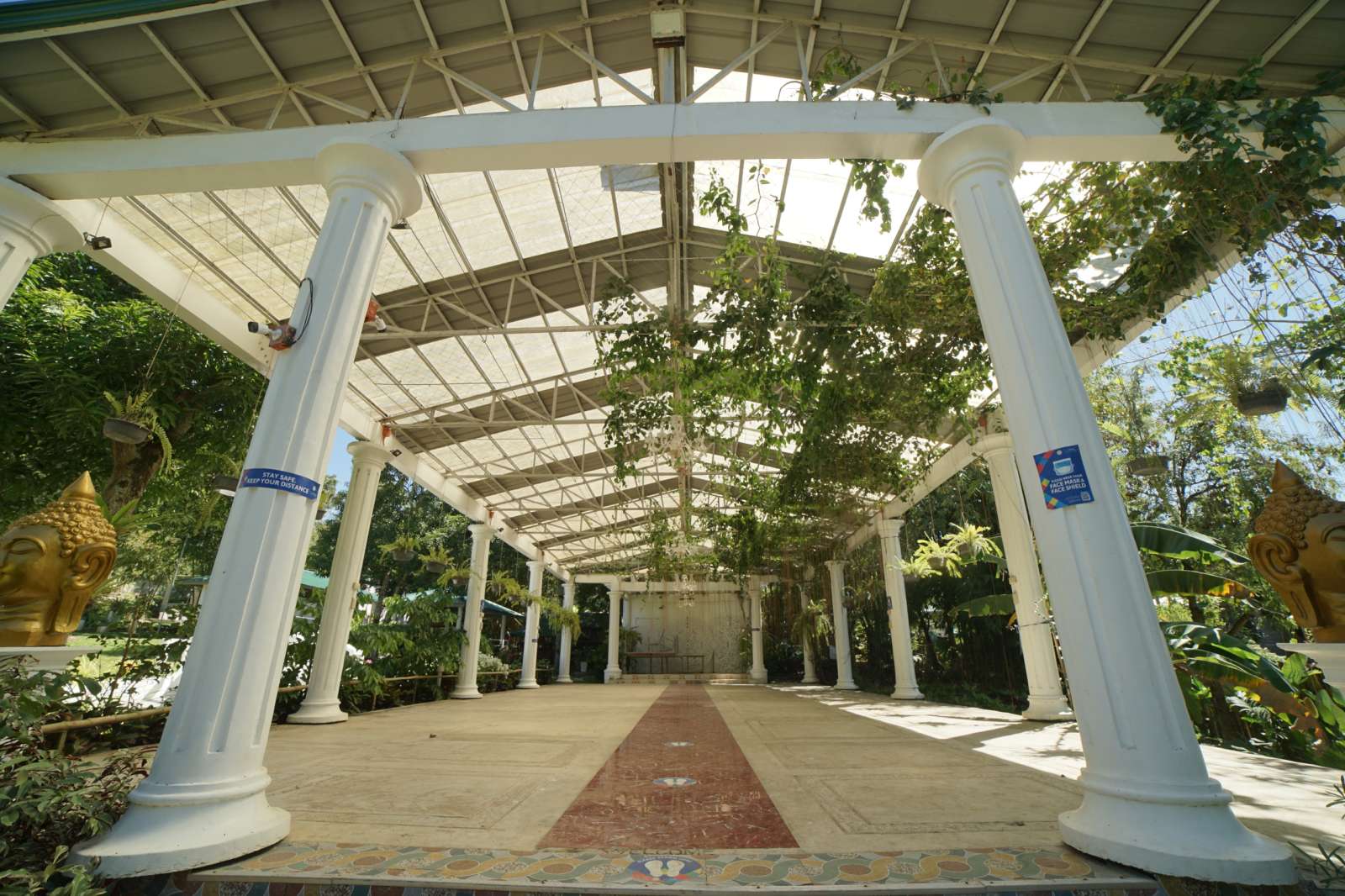
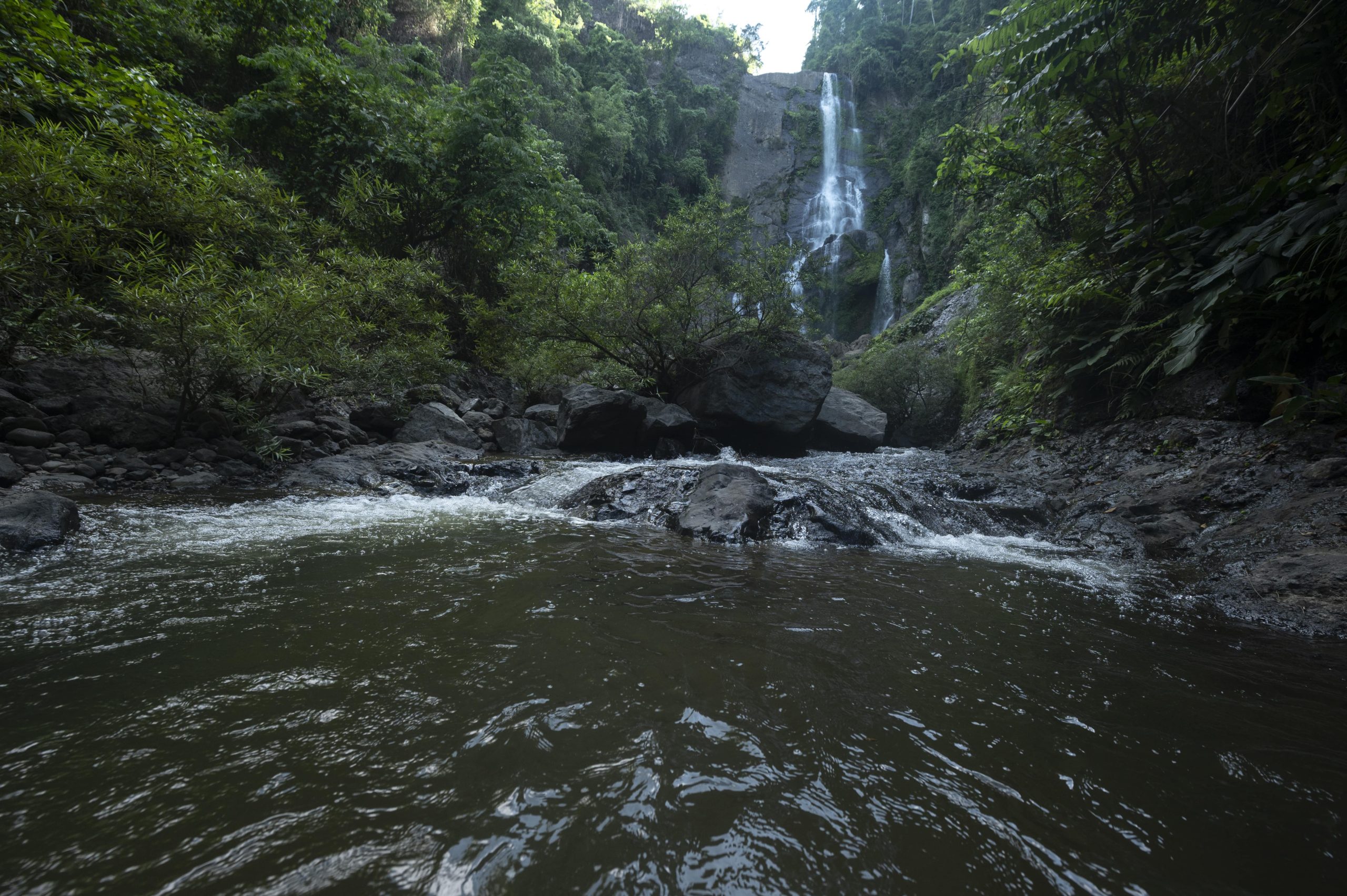

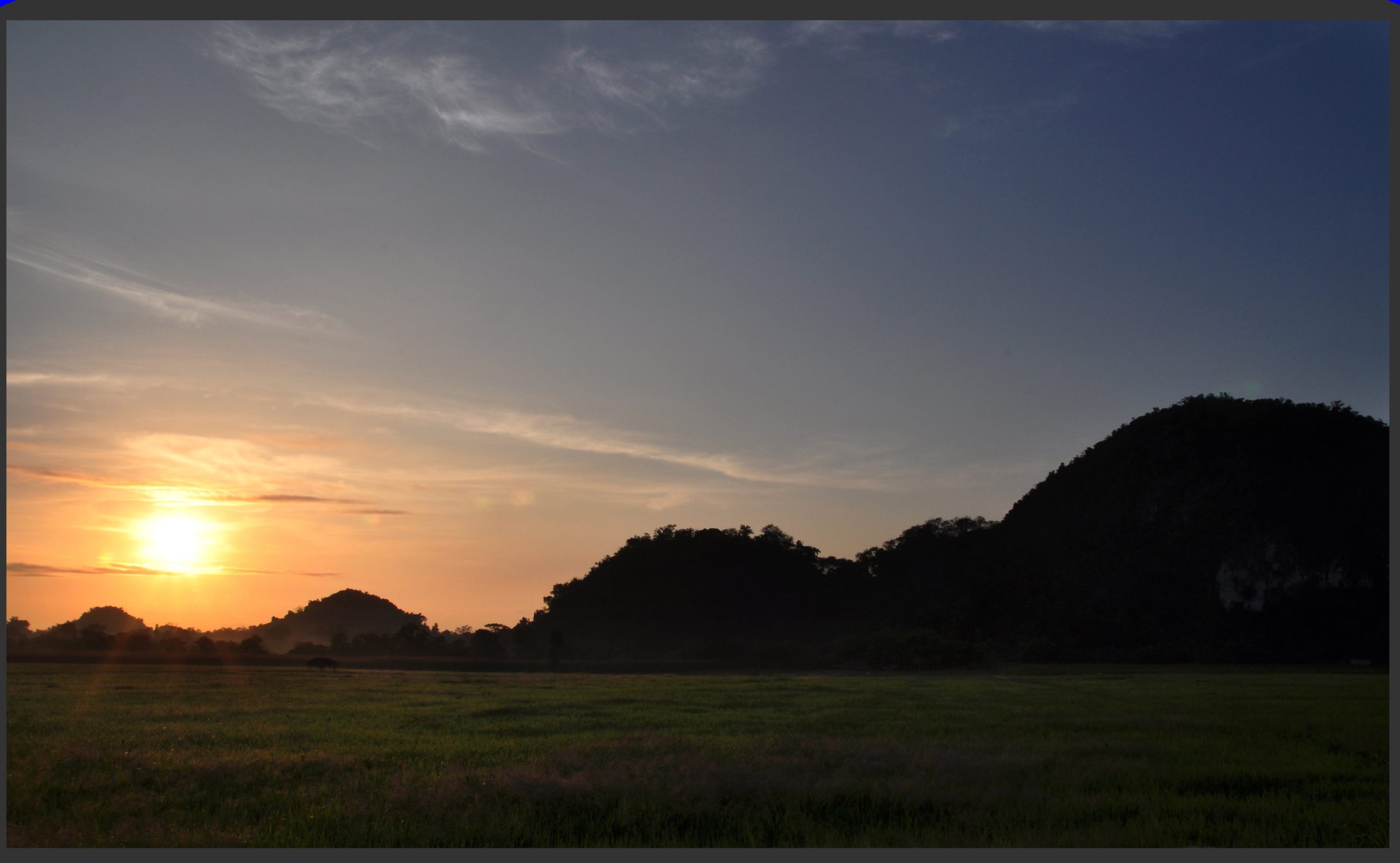


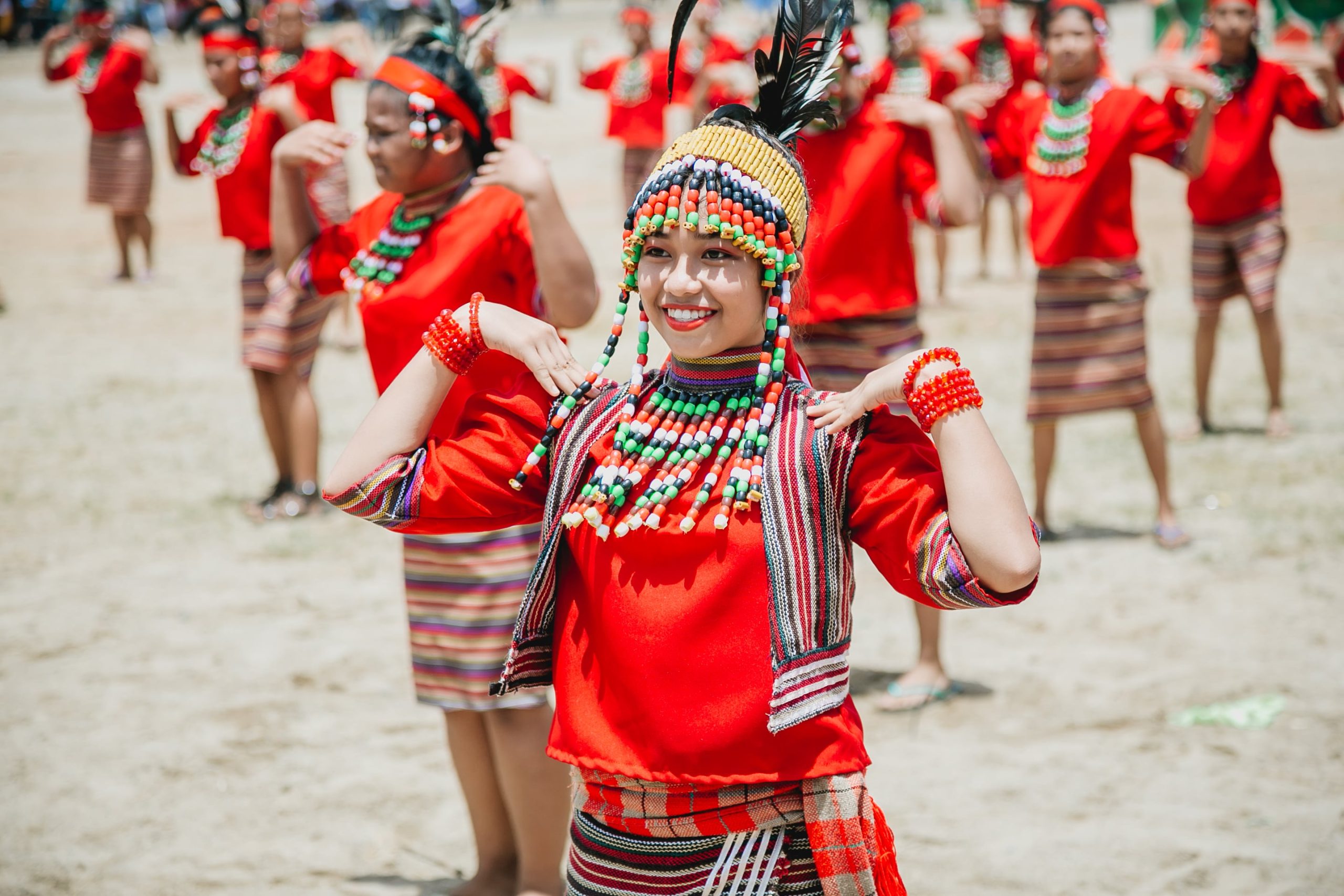
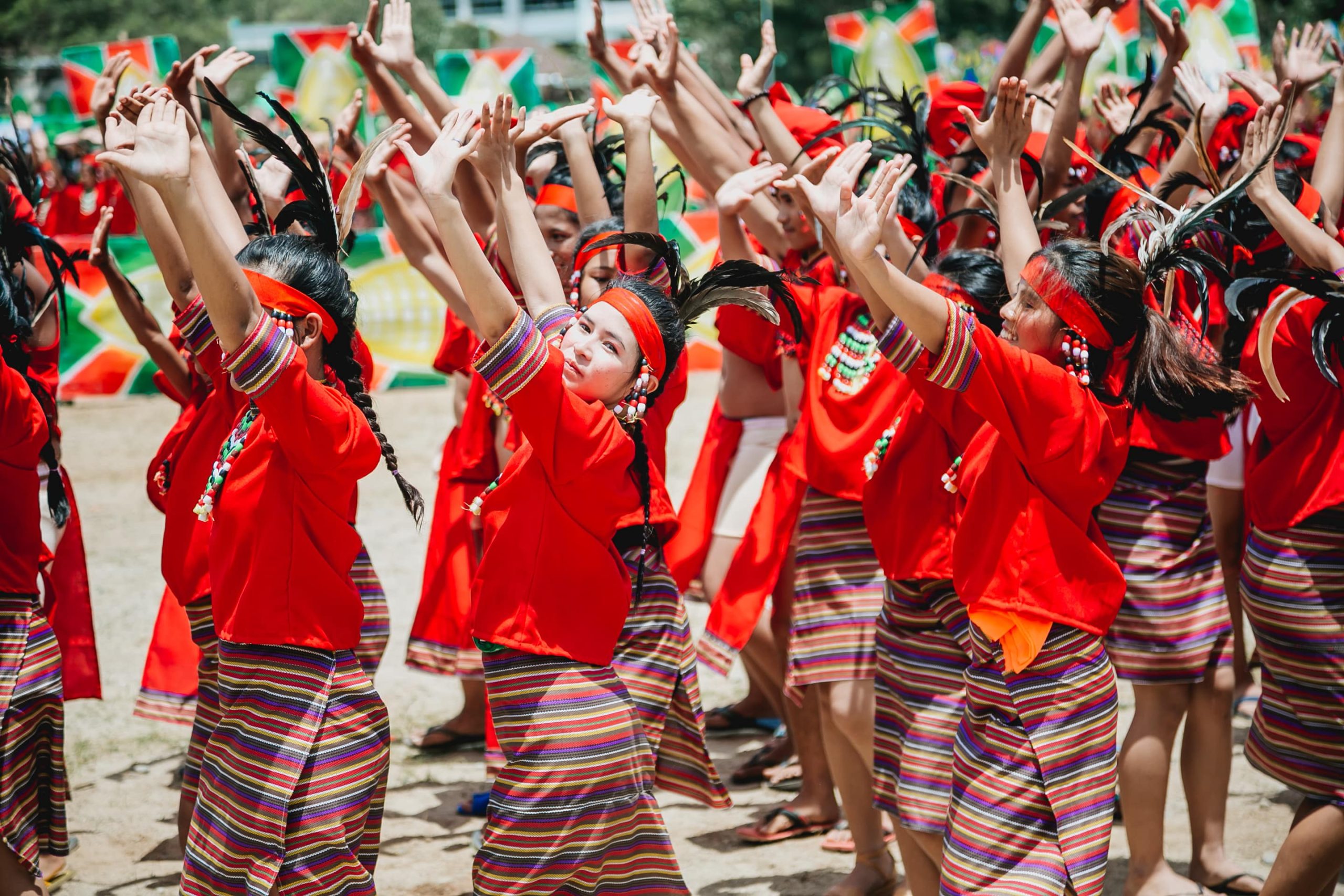
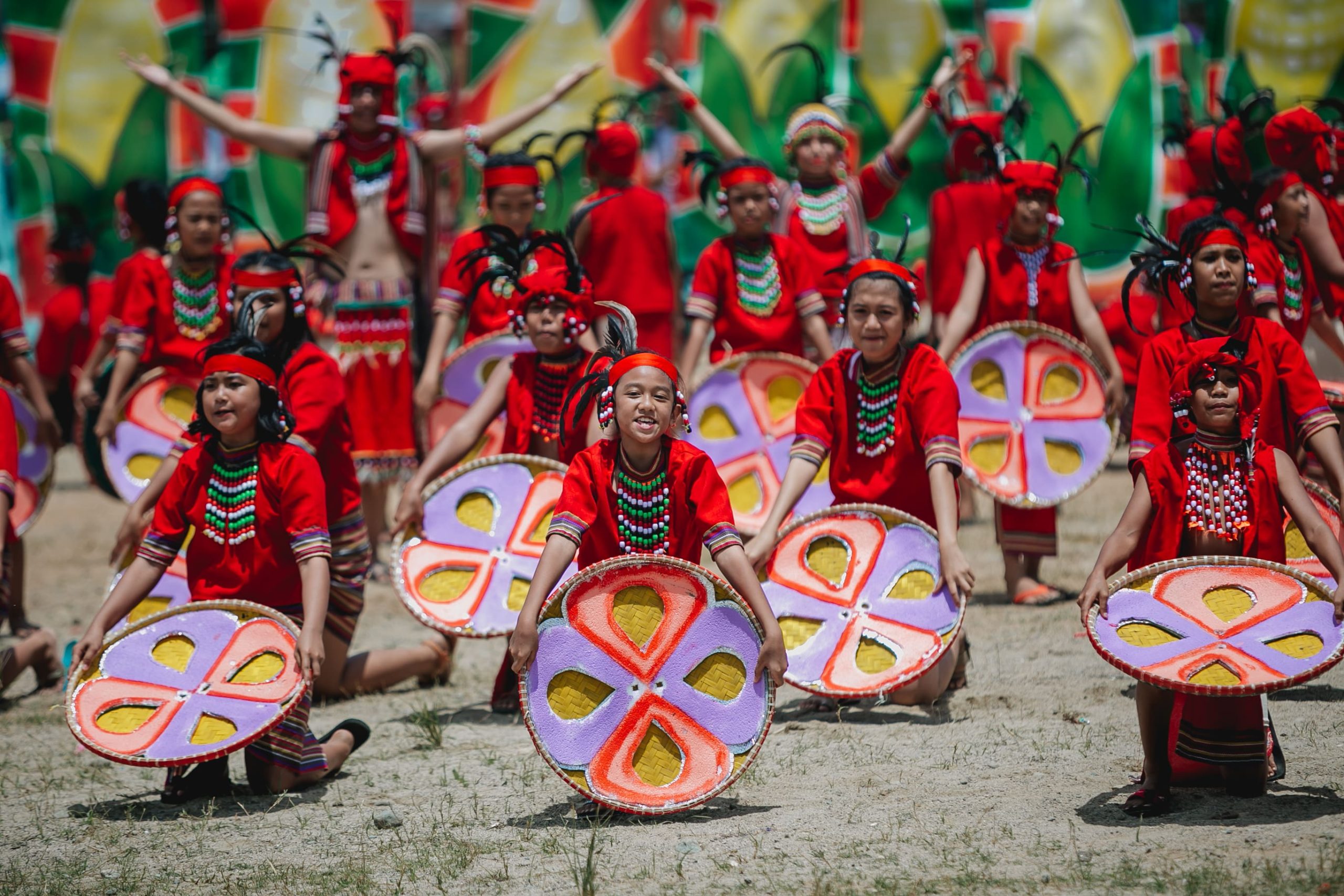


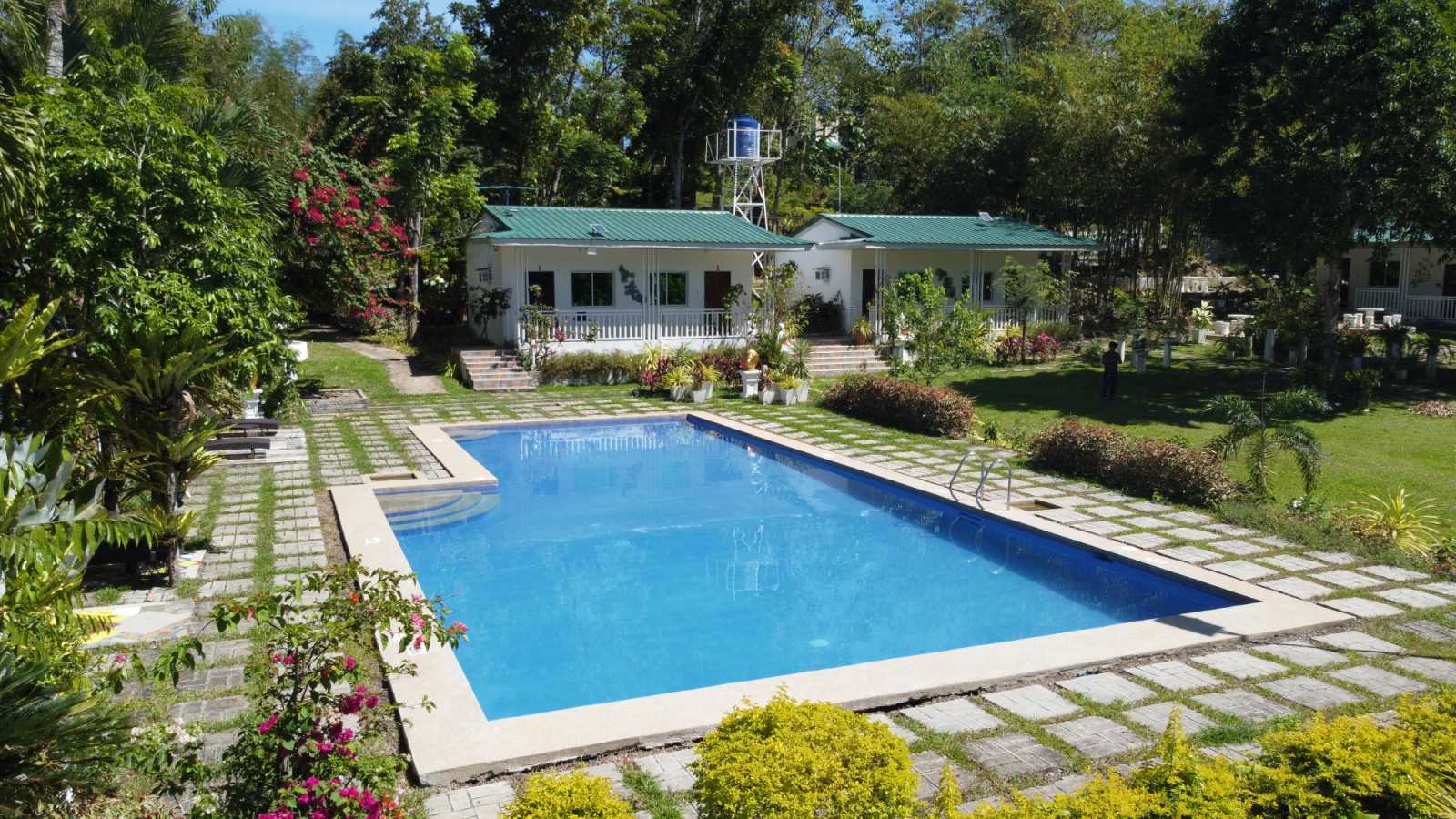
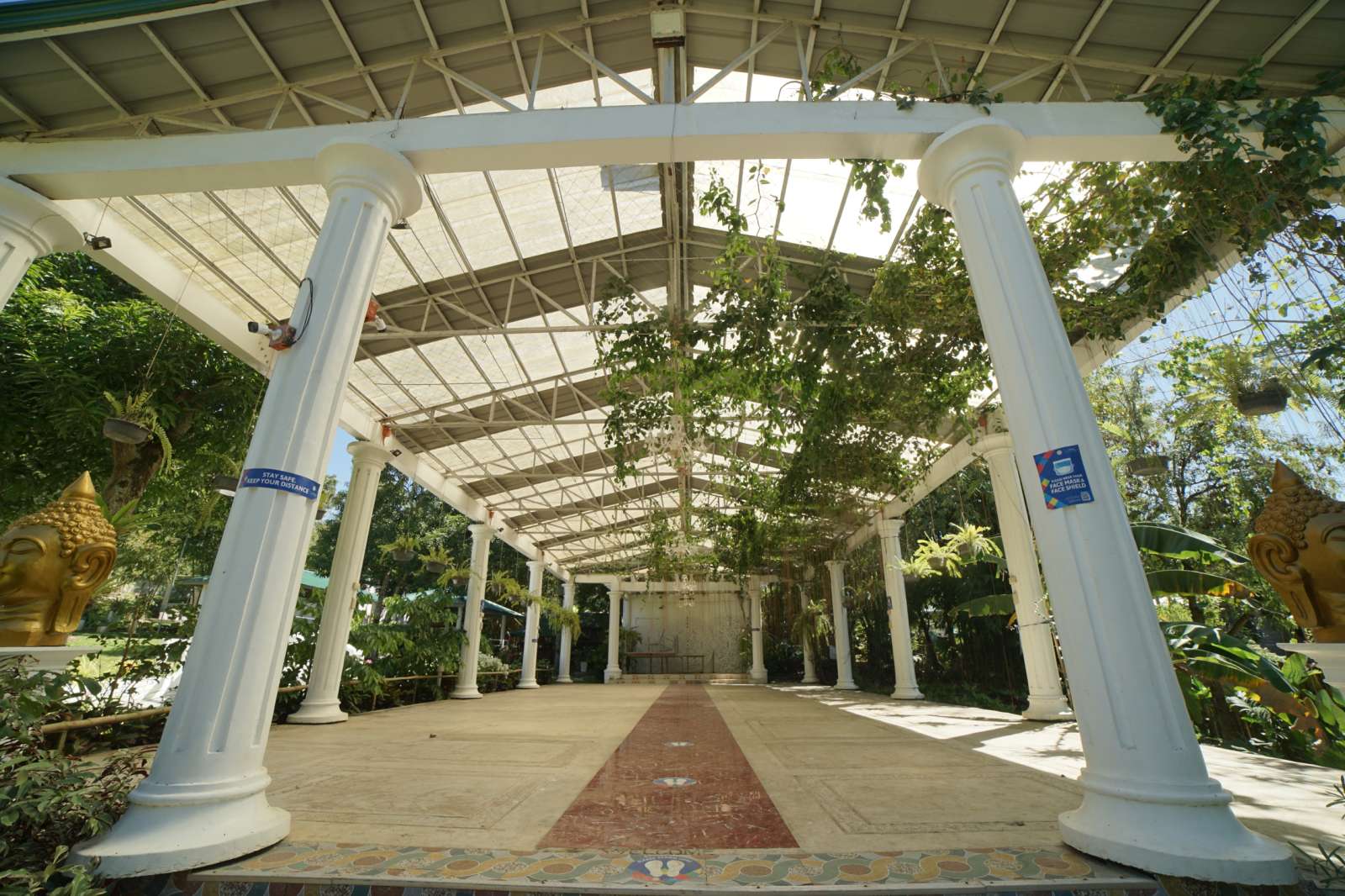

.jpg)
.jpg)

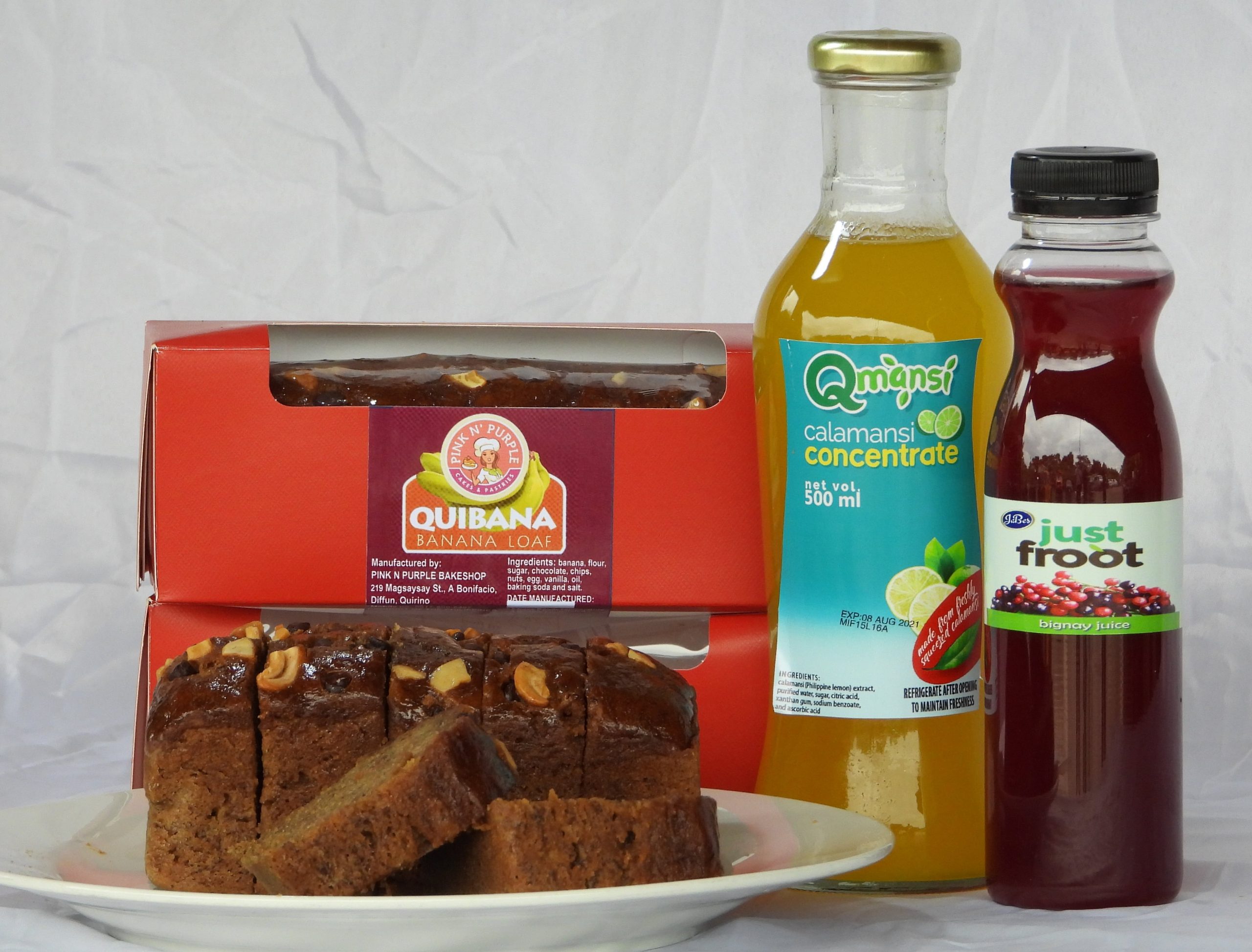
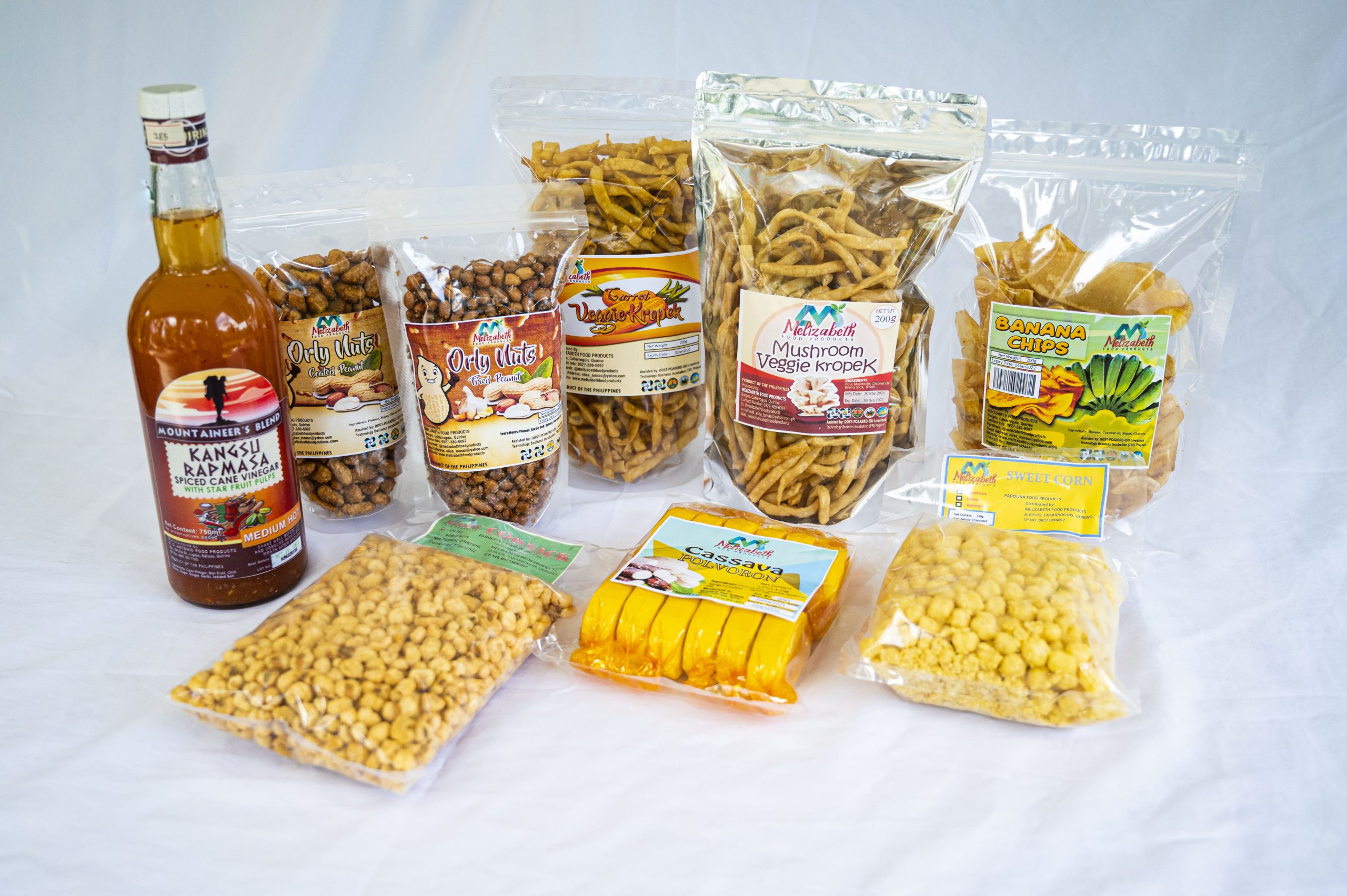
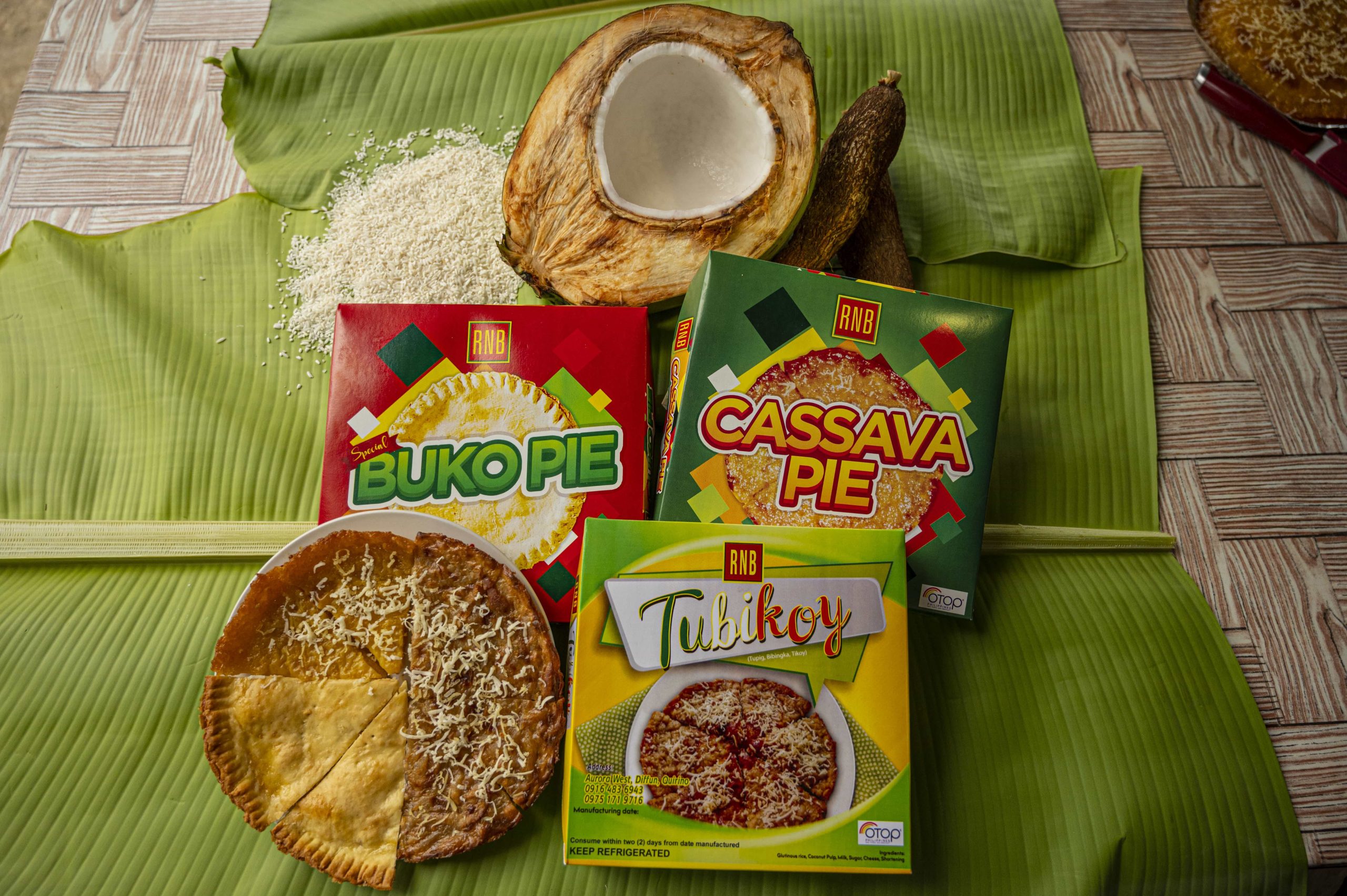
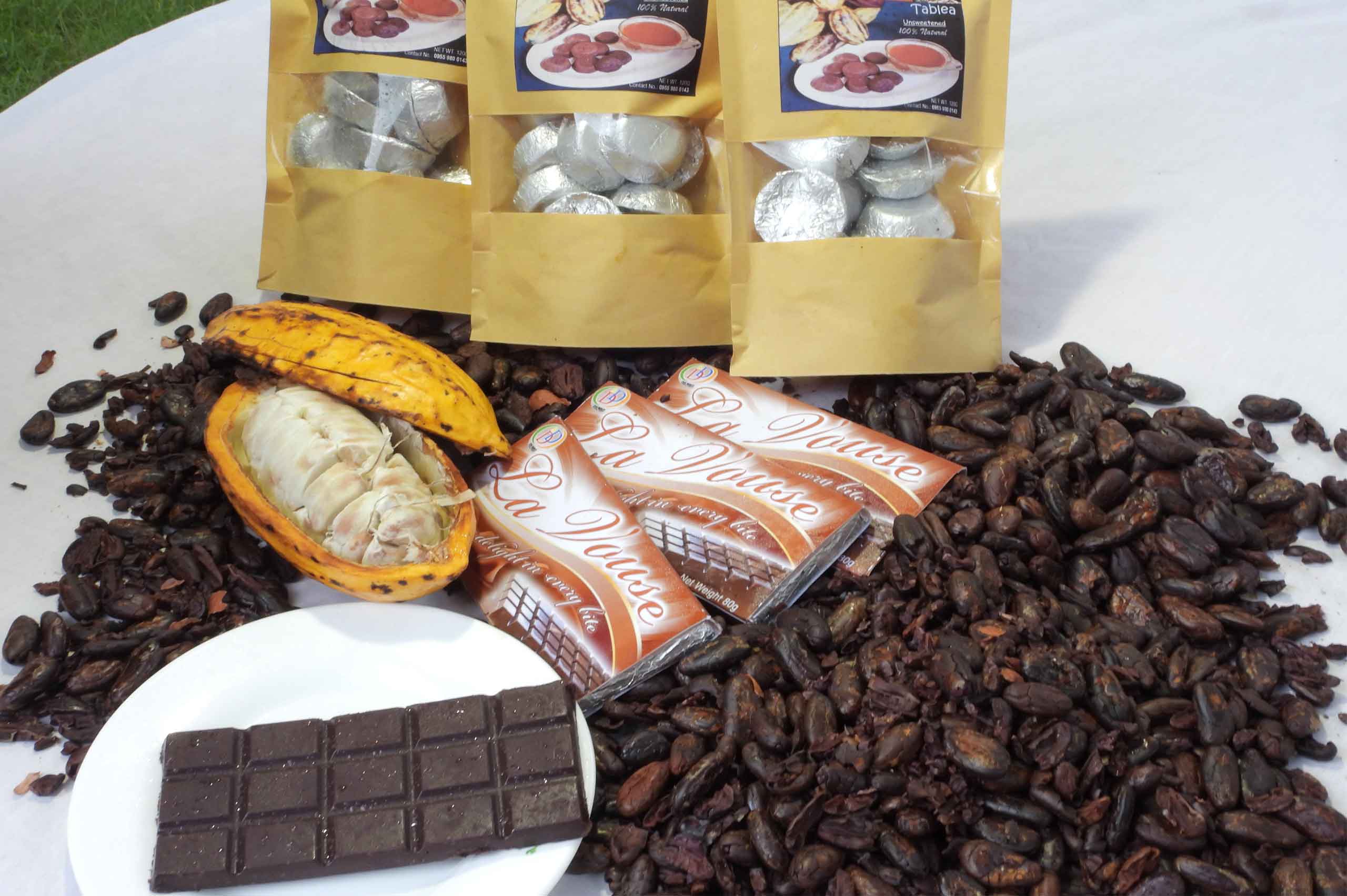

.jpg)
.jpg)
